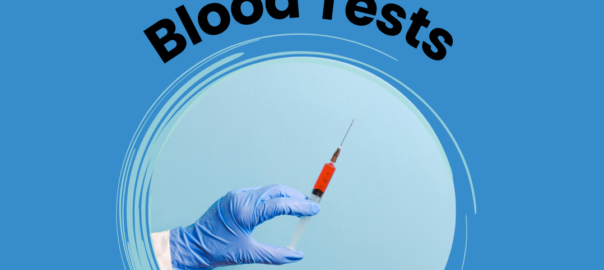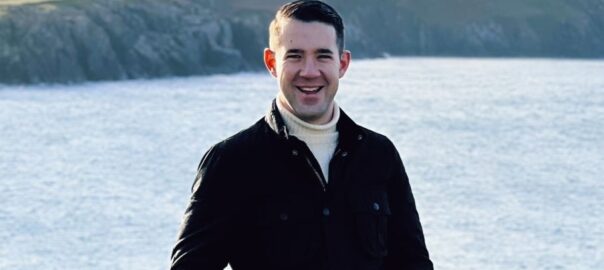A blood test is a relatively simple procedure that most of us will have had at least once in our lives. They can check your general health, the number of blood cells you have and how well some of your vital organs are working. They can also be used, in addition with other scans and tests, to help diagnose testicular cancer.
A blood test alone is not enough to diagnose cancer. They can give an indication of tumorous cells but not confirm cancer. We explain how and why below.
When do you have a blood test done?
Having your blood taken will be the first test you will have if you notice a lump or other symptoms of testicular cancer. If caught early enough testicular cancer is highly curable, with a 95% survival rate. So it is extremely important that you check your nuts regularly.
Check out our blog on the signs and symptoms of testicular cancer to know what to look out for.
You will also have regular blood tests during and/or following any treatment for testicular cancer, such as surgery or chemotherapy/radiotherapy. These will form part of your surveillance programme. This is where you are tested regularly during and following treatment to check it’s effectiveness and if the cancer returns.
Blood tests are usually every 1-3 months after treatment, becoming less and less frequent if you remain clear over a course of 3-5 years. After this time, you are usually discharged.
What is a blood test looking for?
The particular blood test used to detect testicular cancer is called a tumour marker test. If you have a tumour, you are likely to have tumour markers (which are usually proteins also known as biomarkers or molecular markers) in your blood. These can include beta-human chorionic gonadotropin, alpha-fetoprotein and lactate dehydrogenase.
They can also be found in urine and body tissues. Some are made only by one type of cancer, whilst others can be made by several types. Some cancers don’t have any tumour markers at all.
These substances exist in your blood and aren’t necessarily a sign that you have cancer. However, levels that are higher than usual could be a sign that you have cancer. This is what the test is for – to measure the levels of tumour markers in your blood.
Where do you have a blood test done?
Your GP surgery or a walk in clinic. A doctor, nurse or phlebotomist (someone who is specialised in taking blood) will conduct the test. Blood is usually taken from your arm as with most other blood tests. A tourniquet is used around your arm to make it easier for them to find a vein.
A small needle attached to a syringe will draw out some blood into a small vile or bottle. The sample will then be taken away to be tested at a laboratory.
What happens next?
Results can be expected within a day or two, or perhaps a little longer, depending on the type of blood test or the severity of your symptoms. You should wait no longer than a week or two.
Your GP or healthcare provider will let you know when your results are ready and book an appointment with you to discuss them.
If you do show signs of raised tumour markers, the next step will be to have an ultrasound scan. You can find more information on that in our next blog post!












